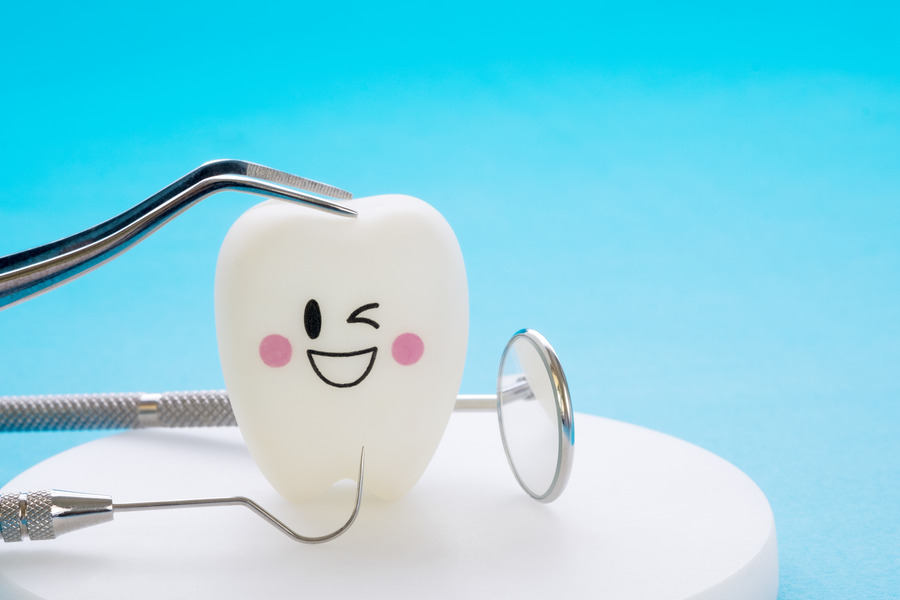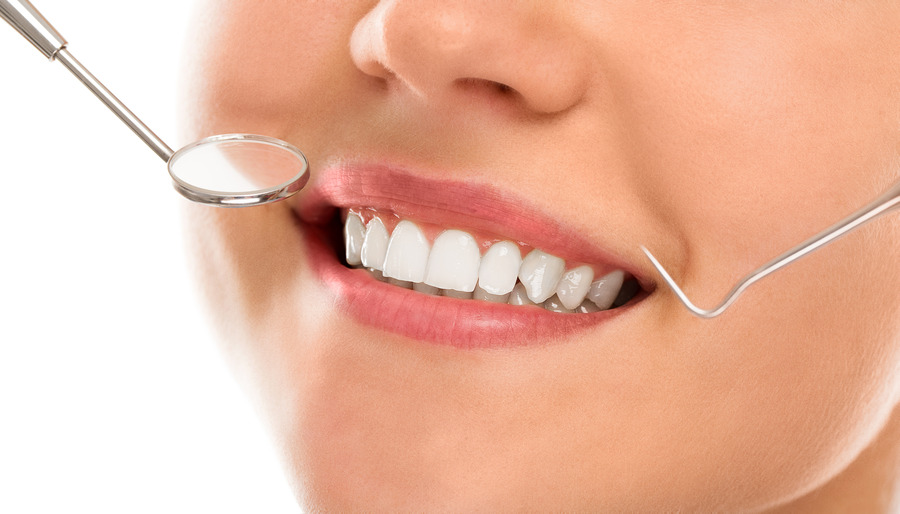Dental Bonding

Dental bonding is a cosmetic procedure that uses tooth-colored composite resin material to enhance your smile. Repairing chips, closing gaps, or changing the shape and colour of teeth can be achieved with this procedure. The procedure of dental bonding is completely reversible, unlike other cosmetic dentistry treatments such as porcelain veneers.
Overview
Your dentist can complete dental bonding in just one office visit.
What is dental bonding?
Composite bonding, sometimes referred to as teeth bonding, is a cosmetic dentistry treatment that enhances your smile. To change the shape, size, or colour of the affected teeth, your dentist applies tooth-coloured resin material.
How often should dental bonding be performed?
You can improve your smile with dental bonding. In this procedure, tooth-coloured composite resin is used to:
- Your teeth can be concealed if they have chips or cracks.
- Camouflage tooth discoloration.
- Close the gaps and spaces between your teeth.
- Make your teeth look longer.
- Change the shape of your teeth.
Composite resin is also used in restorative dentistry to:
- Fill
- Replace old silver dental fillings with a cosmetic alternative.
- Protect teeth roots exposed due to gum recession.

Dental bonding is common, but how common is it?
Dental bonding is a very common cosmetic procedure. Currently, it is one of the most commonly performed dentistry procedures.
What’s the difference between dental bonding and veneers?
Porcelain veneers are ceramic shells that adhere to the front surfaces of your teeth. In order to place them, your dentist usually removes enamel from your natural teeth. It is not possible to reverse porcelain veneers once they have been placed. Every 10 to 20 years, they’ll need to be replaced.
In contrast, dental bonding does not require the removal of much enamel. As a result, bonding can be reversed completely. Between three and ten years will probably be enough time for touch ups.
When your dentist uses composite resin material to cover the whole surface of your tooth, they refer to this as “composite veneers.
What happens before teeth bonding?
In order to determine if dental bonding is right for you, your dentist will talk to you about your cosmetic goals prior to bonding. Your dentist will also take dental X-rays and examine your teeth and gums to ensure you’re a good candidate. A serious dental problem, such as tooth decay or gum disease, should be treated first.
What happens during dental bonding?
Dental bonding involves the following steps:
- Select a shade. Using a shade guide, your dentist selects a composite resin material that matches your natural teeth.
- Prepare your teeth. The tooth surface is roughened and a conditioning liquid is applied. Your teeth will stick to the bonding material if you follow these steps.
- Apply the composite resin material. A putty-like resin material (which is applied and molded to achieve the desired shape) is used.
- The material must be cured. In the next step, a special curing light hardens the composite resin, creating a bond between it and your teeth.
- You should polish your teeth. As a final step, your dentist will make the necessary adjustments and polish your teeth for a natural-looking shine.
The procedure takes about 30 to 60 minutes per tooth to complete.

Dental bonding is painful, right?
Because your dentist won’t work anywhere near your tooth’s pain-sensing nerve, dental bonding is usually not painful. Dental bonding usually doesn’t require anesthesia. After dental bonding, some people may experience temporary sensitivity. This discomfort can be eased with over-the-counter pain relievers.

How does teeth bonding work?
In order to keep your mouth healthy and bright after dental bonding, it is important to practice proper oral hygiene. Make sure you brush twice a day with a soft toothbrush and fluoride toothpaste, and floss once a day. Check-ups and cleanings at the dentist should also be scheduled regularly.
Benefits / Risks

What are the advantages of dental bonding?
The benefits of cosmetic dental bonding over other cosmetic treatments are numerous. As an example, the procedure is as follows:
- MINIMALLY invasive. While porcelain veneers and dental crowns require significant tooth alteration, dental bonding typically doesn’t require enamel removal.
- Cost-effective. Dental bonding is one of the least expensive cosmetic dental procedures available.
- Dental bonding can conceal a wide range of cosmetic imperfections, including chips, cracks, gaps and discoloration.
- Fast and convenient. Other cosmetic procedures, like veneers and crowns, require multiple appointments. Dental bonding can be completed in one office visit.
Do teeth bondings have any disadvantages?
Porcelain restorations are stain-resistant, but dental bonding materials are not. Another disadvantage of bonding is that it doesn’t last as long as other restorative options, such as veneers or crowns. In addition, bonding materials can chip over time.
For small cosmetic changes, dental bonding is an excellent solution. Porcelain veneers, for example, may be a better choice if you’re seeking a more dramatic transformation.

